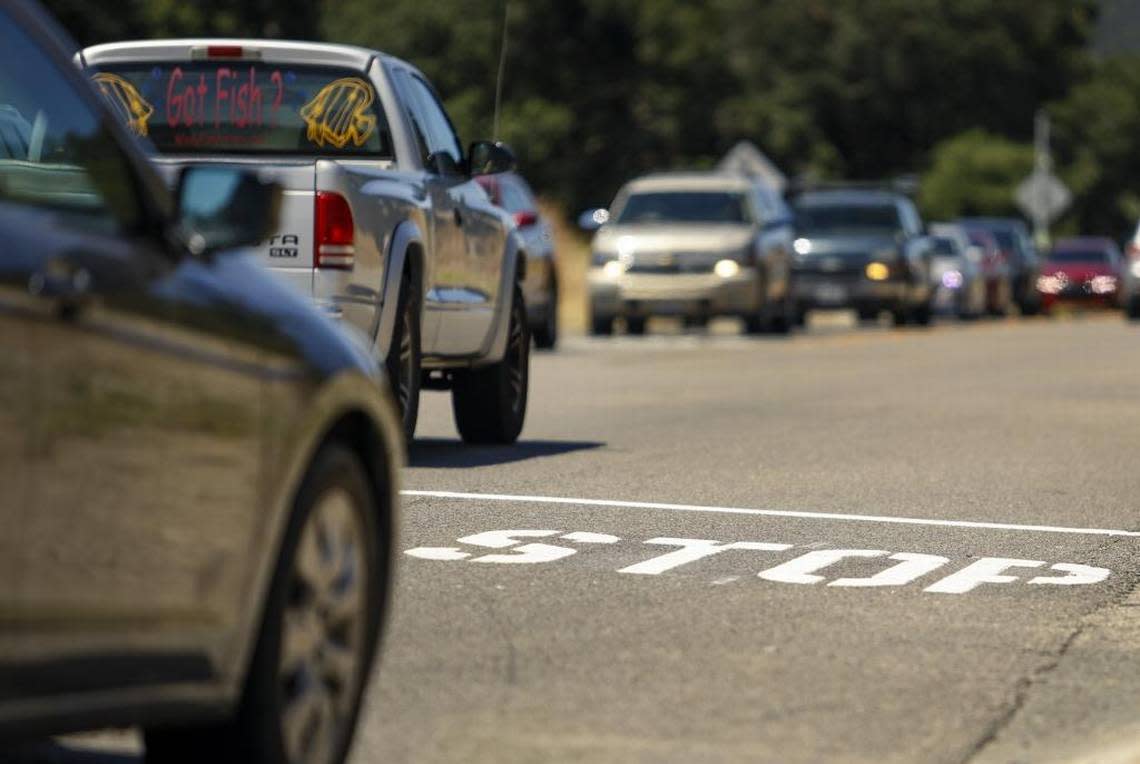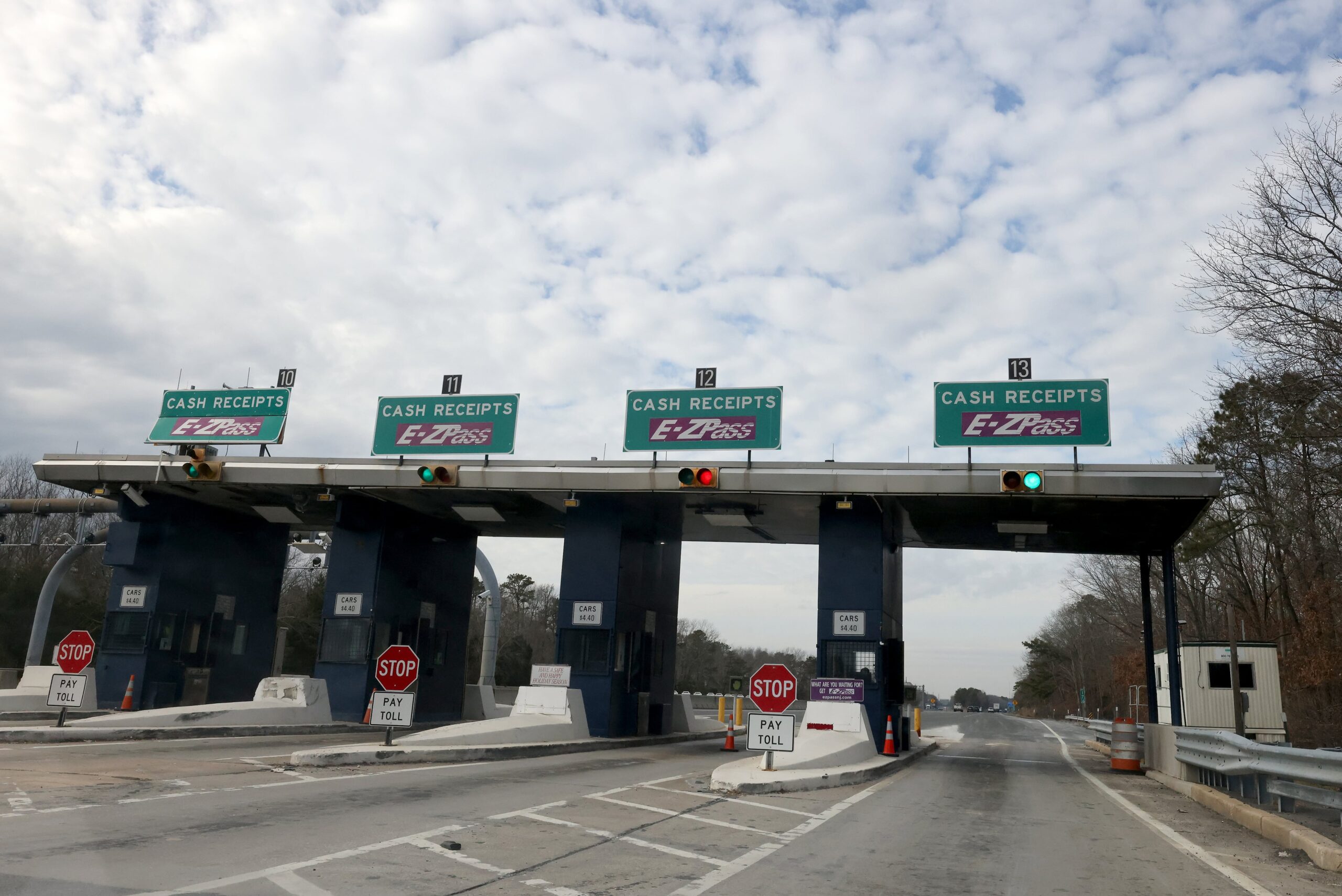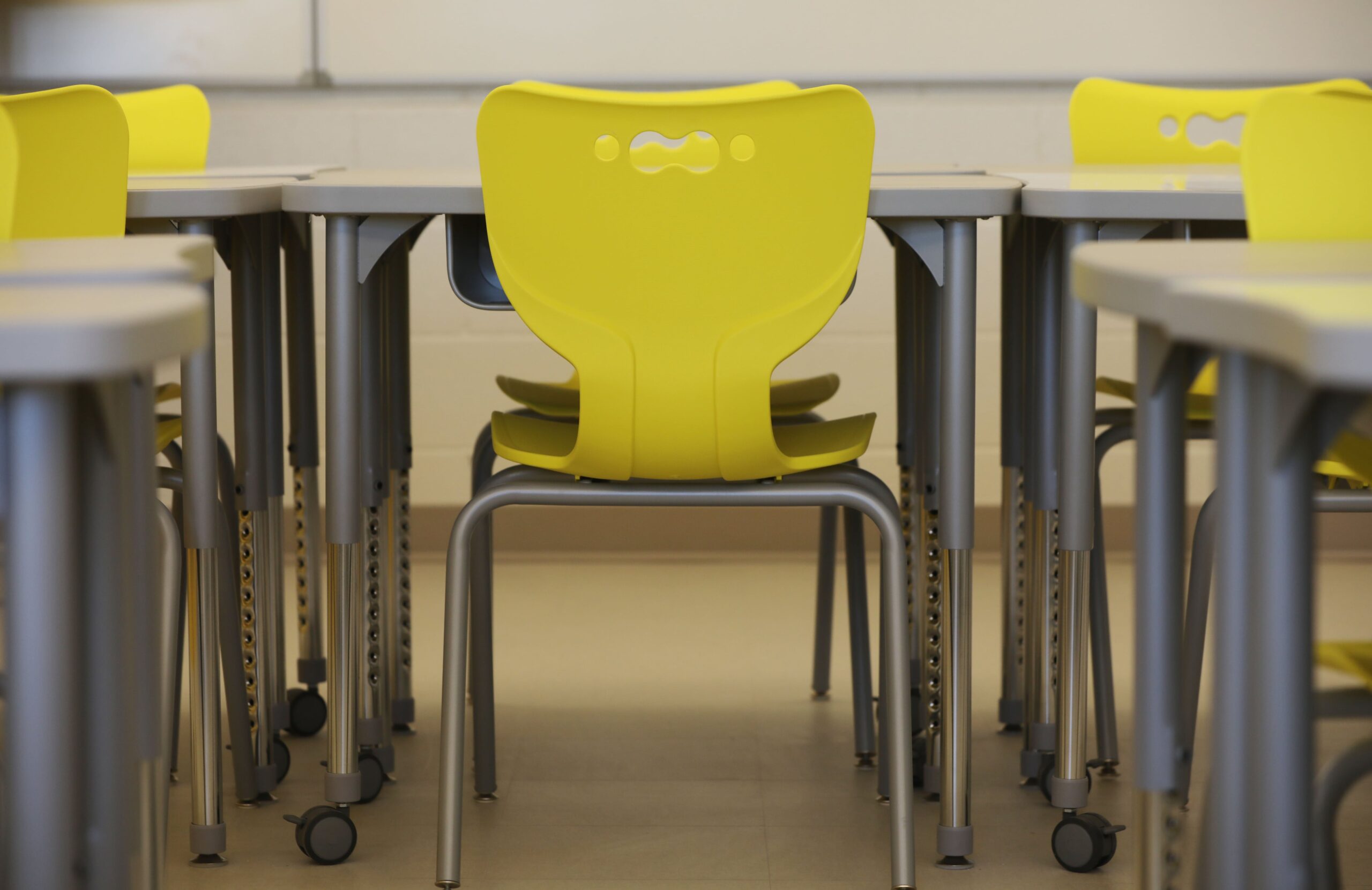Seattle’s roadways can be complex, with a mix of busy intersections, bicycle lanes, pedestrian-heavy areas, and public transit corridors. Understanding right-of-way laws is essential for safe and efficient driving in the city. These rules dictate who has the right to proceed first in various traffic situations and help reduce accidents and confusion.
General Right-of-Way Rules in Seattle
Seattle follows Washington State’s traffic laws, but the city’s infrastructure and pedestrian-friendly policies mean that drivers must be particularly aware of local rules.
1. Pedestrians at Crosswalks
One of the most important right-of-way rules in Seattle concerns pedestrians. Washington state law requires drivers to stop for pedestrians at both marked and unmarked crosswalks. This rule is stricter than in some other states where only yielding, rather than stopping, is required.
- Drivers must not overtake a vehicle stopped for pedestrians.
- Pedestrians should not suddenly leave the curb when a vehicle is too close to stop safely.
- At intersections with signals, pedestrians must follow the walk signals.
2. Intersections and Stop Signs
Seattle drivers encounter many four-way stops and uncontrolled intersections where right-of-way must be determined.
- At four-way stops, the first vehicle to stop at the intersection has the right-of-way.
- If two vehicles arrive at the same time, the driver on the right has the right-of-way.
- When making a left turn, a driver must yield to oncoming traffic and pedestrians.
3. Right Turns on Red
Seattle has been gradually restricting right turns on red at various intersections to improve pedestrian safety.
- Unless otherwise posted, drivers can turn right on red after a full stop.
- However, some areas have “No Turn on Red” signs, particularly near schools and busy pedestrian zones.
- The city has been implementing a policy where new traffic signals default to banning right turns on red unless deemed necessary.
4. Yielding to Transit and Emergency Vehicles
Seattle prioritizes public transit and emergency vehicles on the road.
- Transit Priority Law: Drivers must yield to public buses when they signal their intent to merge back into traffic.
- Emergency Vehicles: All vehicles must pull over to the right and stop for emergency vehicles with sirens and flashing lights.
5. Bicycle Right-of-Way
Seattle has a growing number of bicycle lanes and dedicated cycle tracks.
- Drivers must yield to bicyclists in designated bike lanes.
- When making a right turn, drivers should check for cyclists before crossing a bike lane.
- “Green bike boxes” at some intersections allow cyclists to take priority before vehicles when a light turns green.
Conclusion
Seattle’s right-of-way laws emphasize pedestrian safety, transit efficiency, and bicycle-friendly road use. Drivers must remain aware of these rules, particularly in busy urban areas, to avoid fines and accidents. Understanding and following these laws will ensure a smoother, safer driving experience in the city.








